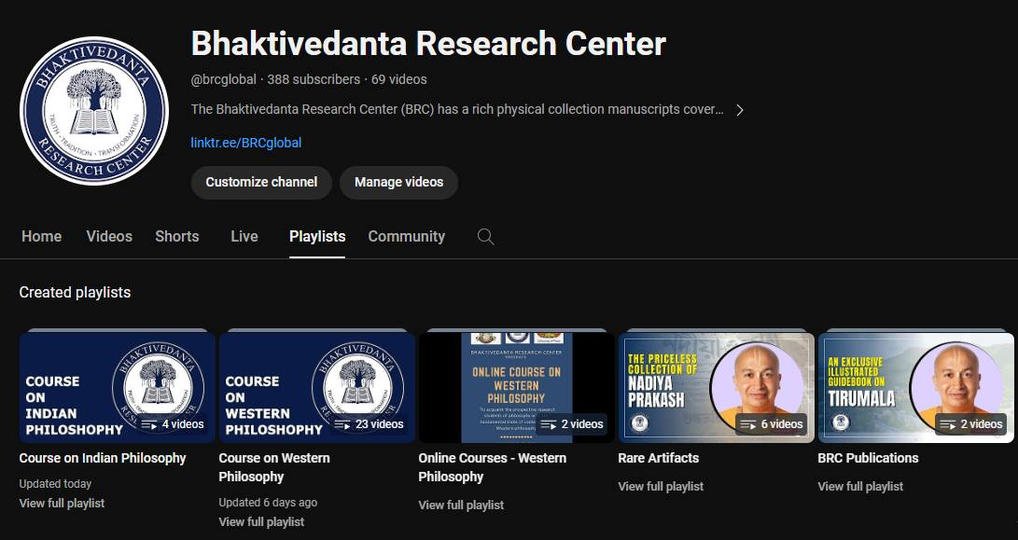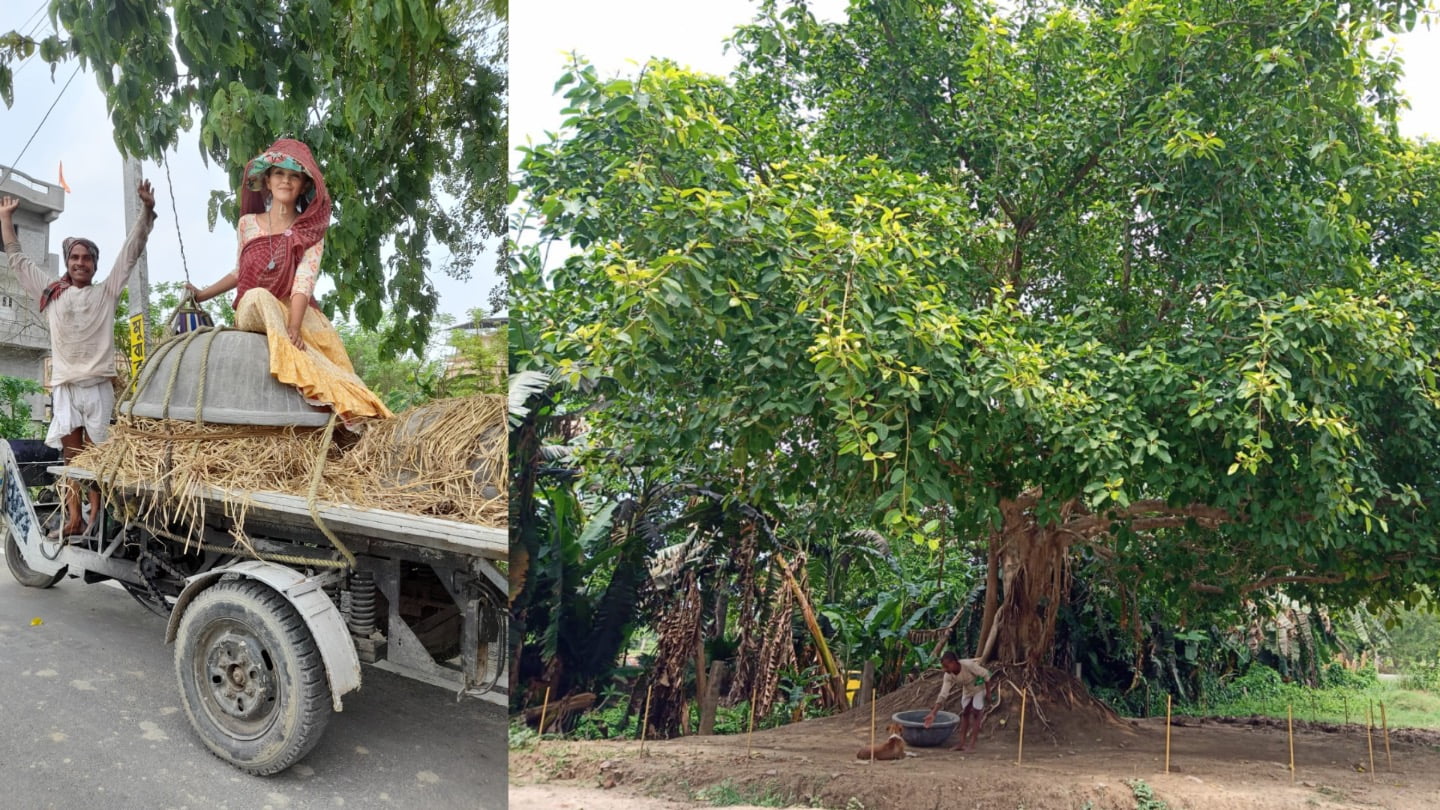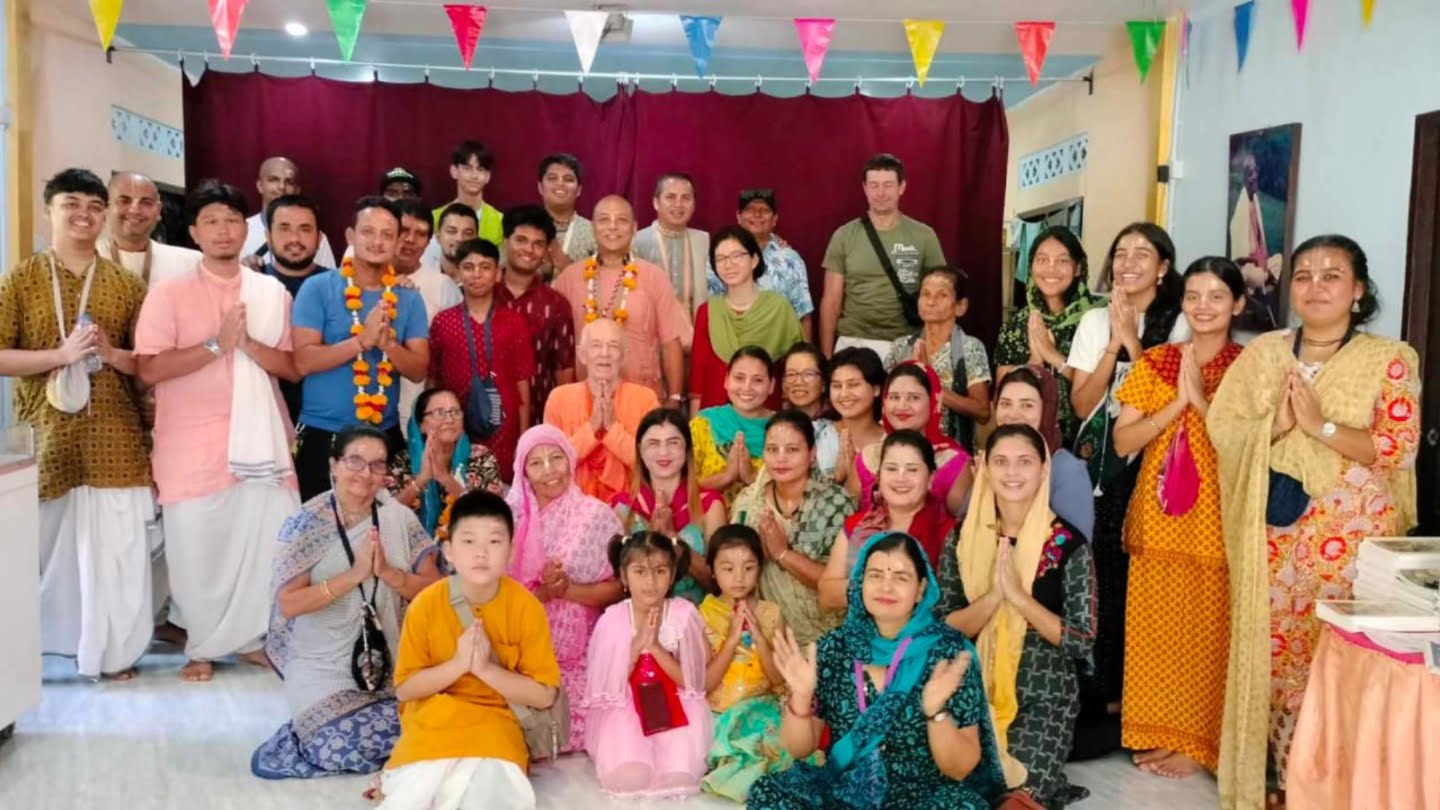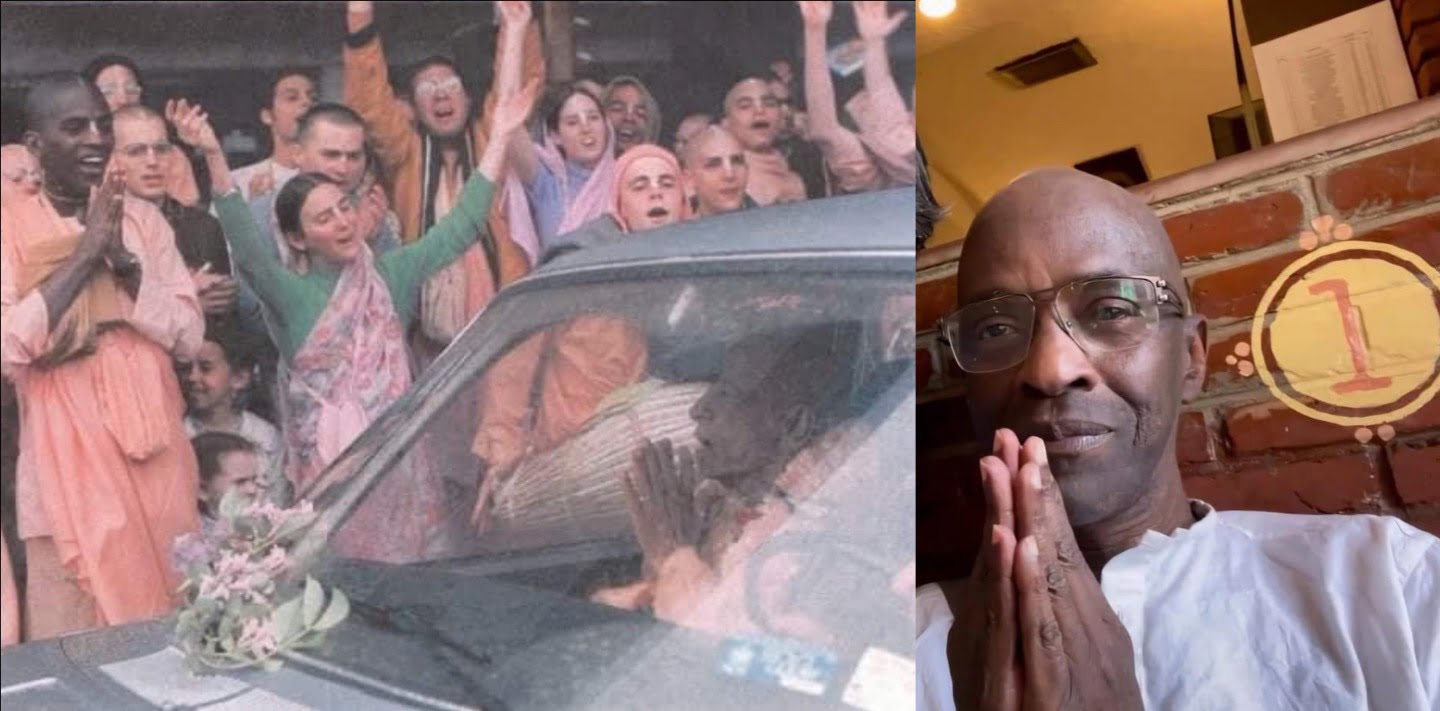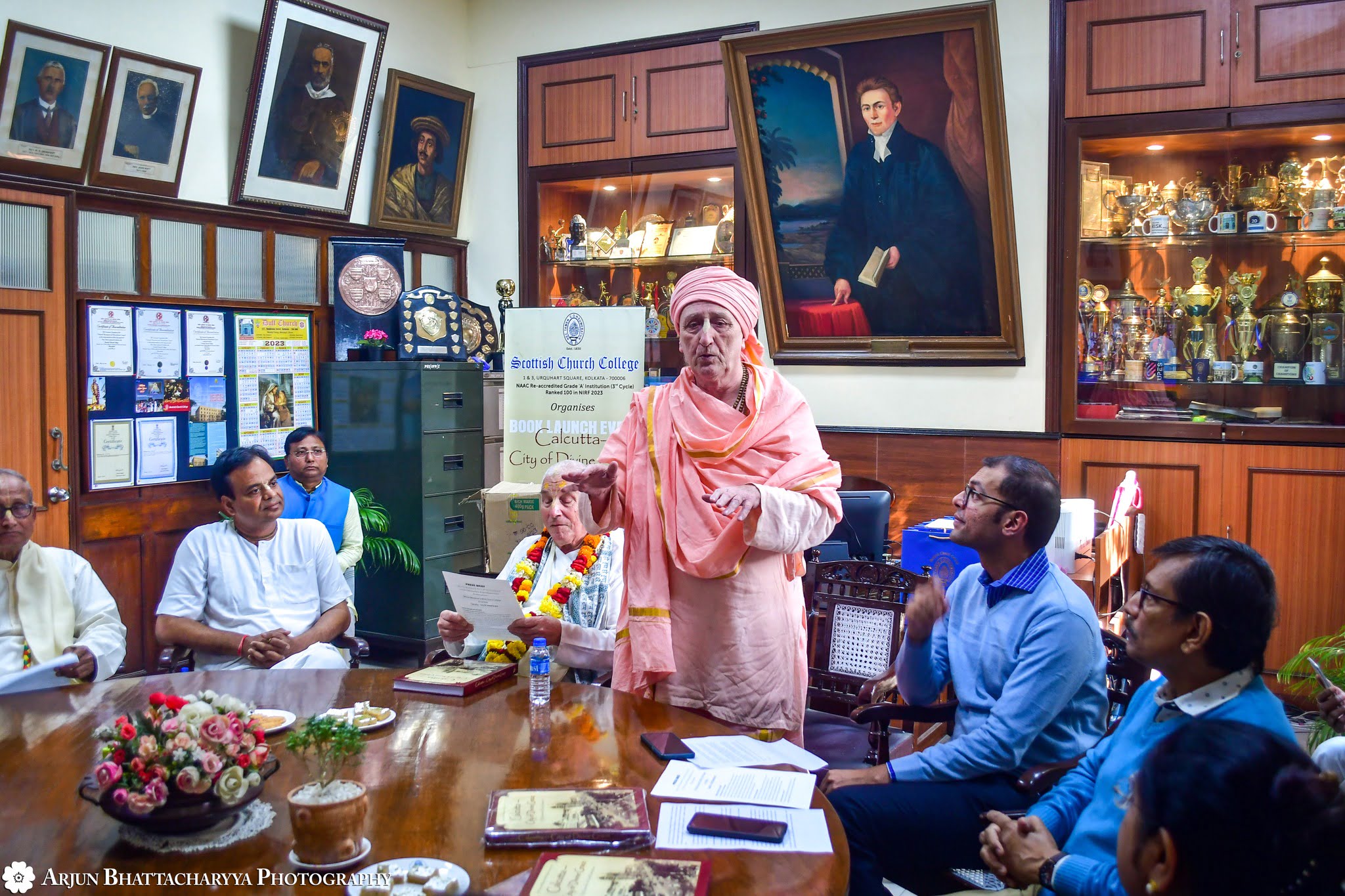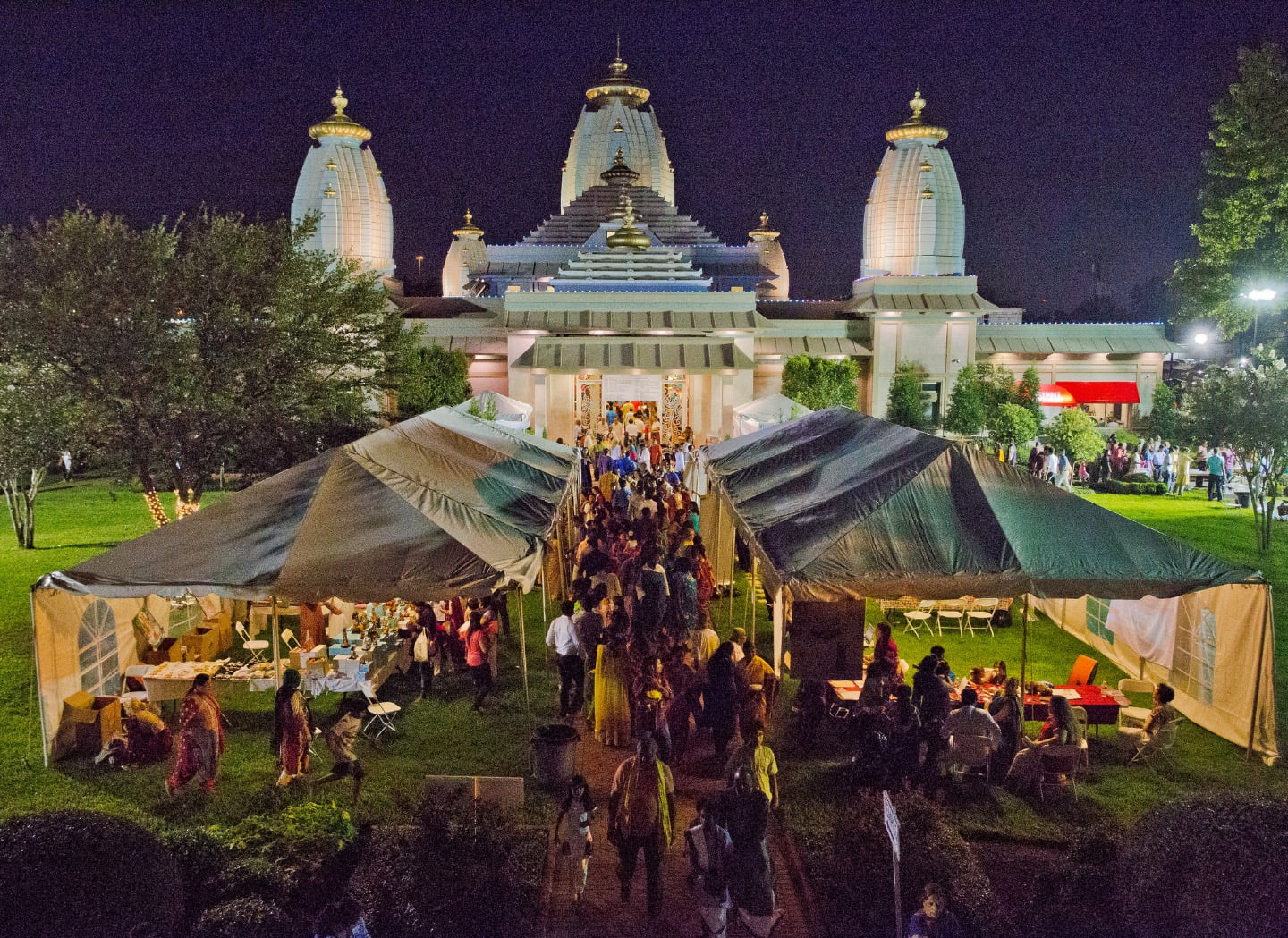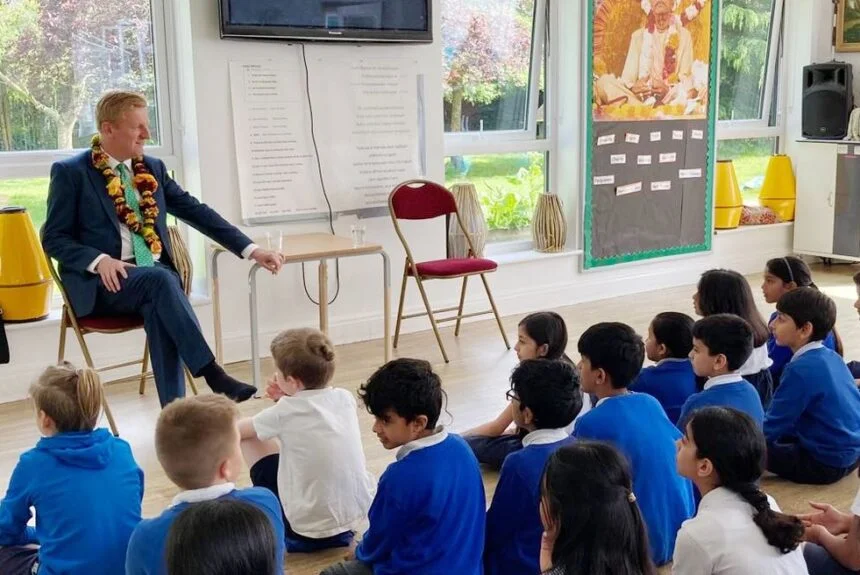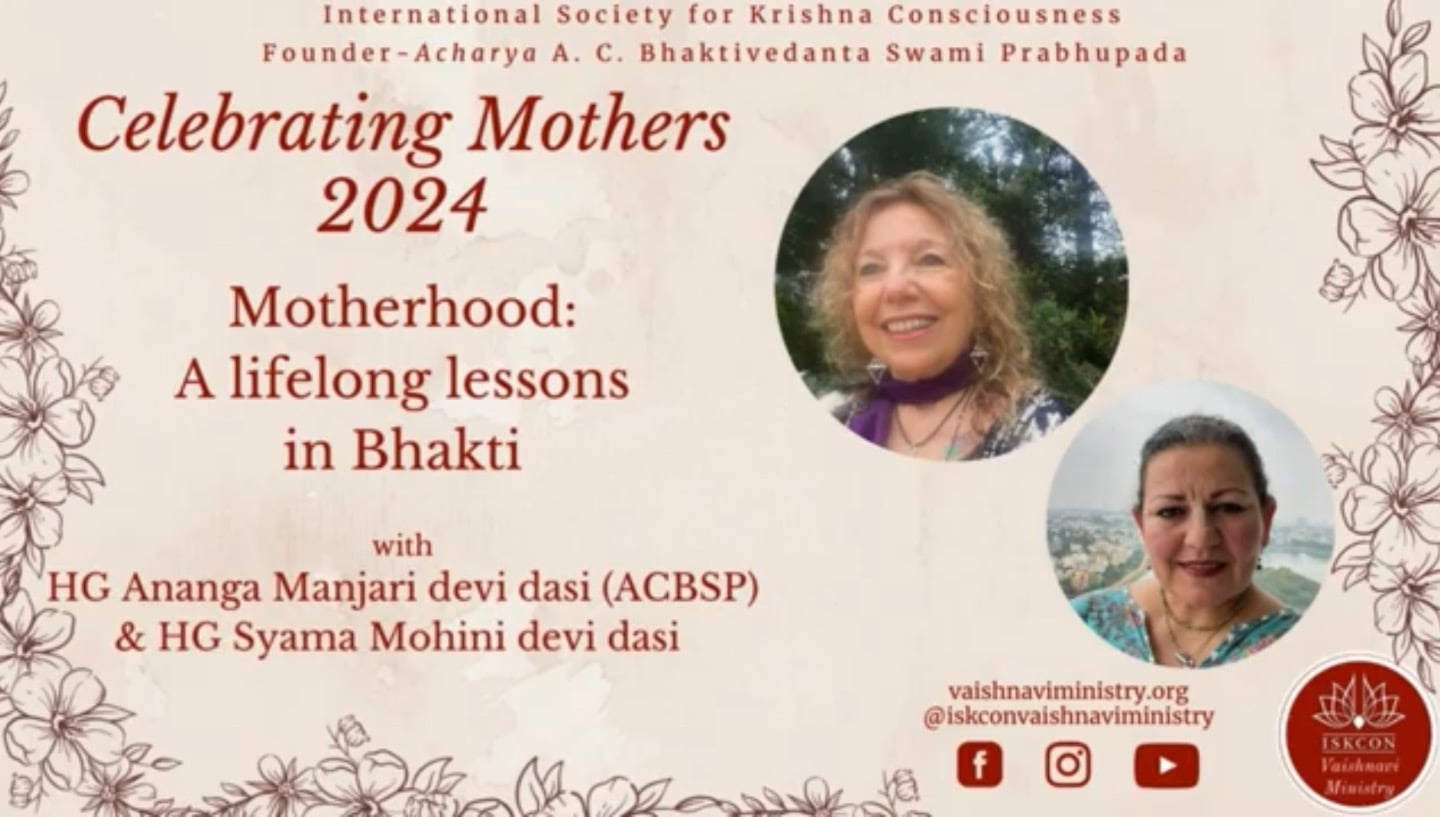Varnashrama: How It Works and Why It Works?
By Niscala Dasi | Jun 04, 2011
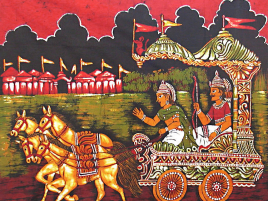
We recently read that our GBC (ISKCON`s Governing Body Commission) is interested in finding the best way for making our temples successful, by surveying all the temples and finding out what works. If it is an impersonal survey, for the purpose of gathering statistics, leading to the passing of numerous resolutions for people they have never met, never spoken to, much less having gotten to know, then it will do more for the cause of depersonalization than for temple development and reform, and devotees will feel more than ever, reduced to numbers. When we are driving dangerously, we are warned “you may become just another statistic!”, an idea that makes the skin crawl with horror, yet it is where we are at, if the only importance our leadership can assign us is numerical- how many books we have given out, how much money collected, etc…
Yet there is another way to do a survey… asking the devotees personally, their needs, problems, and observations. Or if that is not possible to do in person, then much can be learnt from the various devotee forums, maybe even coming down to their level, and taking part in the discussions, to find out what they find lacking in the temples.
Many devotees are crying out for an atmosphere of personalism and family, of honesty and integrity, summed up in a theme, much written about by them on the various forums- “love and trust”, the lack of which creates many an embittered soul, not “enviousness”, as we may be led to believe.
“Love and trust” was a dynamic model developed by Srila Prabhupada, creating all those smiles exploding with joy, which are now preserved only in fading photographs or nostalgic memories. Love and trust is also the dynamic model reflected in his instruction to introduce varnashrama into ISKCON. It is something which we haven’t done so far, and thus it is no wonder we have leaders more worried about results and money, than the personal well-being and happiness of temple members. Further, the absence of happiness is usually attributed to them “being in maya” or “mental, prabhu”…
That varnashrama is about love and trust is clear from the descriptions in Mahabharata and so on. The citizens loved their leaders and had absolute trust in them. Consequently they were happy to serve under them. There is nothing in our literature or in the instructions of Prabhupada to suggest that varnashrama is only for rural communities, as vaisyas may do business. That we think it so, means that we are overlooking the central benefit of varnashrama- not the qualification of the vaisya, but that of the leadership. The difference it would make to our society can hardly be calculated, because it necessarily means every leader is qualified, as guna determines one’s service, or karma. It means that every leader must be a ksatriya– or a brahmana if he is not involved in management. This ensures the dynamic of love and trust, as the brahmana is trustworthy and the ksatriya, love-worthy, by nature.
Love
The ksatriya’s character is amply described in our literature. From descriptions of Pariksit, Arjuna etc, it is clear that their forte was to offer protection, not specifically to those who can give them the most service or money, but to everyone and especially to the most vulnerable, the helpless. This is love in practice. When Arjuna could not relieve the distress of one of his citizens, he was prepared to enter fire. Superimposed onto the temple scene, the presence of a ksatriya leader means that elderly and sick devotees are offered assured shelter and facility, without the need for exchange of labour or money. For others, it means that everyone is listened to, their viewpoints, their problems, their issues, taken very seriously by the management… no one feels neglected or undervalued or unimportant.
No one is told “stop being mental prabhu”, or “just chant hare krsna” when they are in distress, as goes on in many of our temples, which being focused on what the individual can give us, rather than what we can give the individual, have a dynamic of exploitation in the name of Krsna. A ksatriya leadership, on the other hand, ensures a dynamic of sub-zero exploitation, in other words, nothing less than love, concern for the welfare of the individual, and an attitude of selfless service. Such a personal dynamic in this day and age is very rare, both inside and outside of ISKCON, yet it is essential for a good community atmosphere. Who would ever leave it for the impersonal exploitative dynamic pervading kali yuga? It is the basis of the loving family atmosphere that everyone hankers for. How can we be a movement for personalism without it?
We are not a movement for book distribution and festivals, nor for big feasts, sugar overdoses and sore feet, nor even are we a movement for making devotees- we are a movement for Krsna consciousness, following in the footsteps of the great devotees. When we enrich our atmosphere with such consciousness of loving service, devoid of any vestige of exploitative mentality, people are attracted. They become devotees without any pressure, fulfilling the purpose of mass book distribution and festivals. But if, after a festival or receiving a book, they join and find our leaders not caring about their welfare, more interested in what they can do or collect for them, rather than finding out who they are,… or leaders who are aloof, absorbed in their personal affairs or in making money… they leave after a few years of service, often using the excuse of their guru’s falldown, or marriage, so they don’t feel guilty about it.
Trust
Besides a general lack of love and concern, the other problem much expressed by devotees is lack of trust in the financial affairs of leadership. That is why a thoroughly detached brahmana must be present in every temple, and to ensure detachment, he should be not in the pay of the temple, but be an unpaid advisor and if necessary a whistleblower. He or she ensures that the temple is run ethically and morally, that making money does not supercede the importance of the welfare and happiness of the least significant member. The brahmana ensures that the ksatriya lives up to his name and function… that he acts as the arms of the Supreme Lord, Who is always available whenever we turn to Him.
Since he is by nature opposed to any sort of hypocrisy, the brahmana ensures the trust of the devotees in the integrity of their leaders. With that love and trust comes faith and commitment. Without it, we may keep devotees for a few years, by the same tactic president Bush used to justify his war in Iraq- utilization of paranoia. We fear to be judged, and we know that devotees who leave ISKCON are judged as “bloopers”, “in maya” “envious” “ungrateful”, “disloyal” and so on. So that keeps us in the movement for a few depressing years, after which many of us leave, either by using the excuse of marriage, family or career, or the excuse of our guru’s falldown, or by using no excuse at all and just practicing Krsna Consciousness separately or in another group.
Love and Challenge
The challenge of ksatriya leadership is not to make sure everything gets done and bills are paid, but whether everyone is joyfully situated in a service suitable for their nature. Under the guidance of long-sighted brahmanas, the ksatriya knows that he need not worry about money and labour, as the joyful cooperative atmosphere that ensues from his loving concern for each member’s well-being, ensures the payment of bills and execution of services, by voluntary enthusiasm of devotees to rise up to the task.
The brahmana counsels him, don’t worry about making big money, just make sure it is ethically done, for the goal is not to impress others, but the Lord within. The brahmana also makes sure that devotees are evolving in their understanding of the philosophy. He gets them to question their understanding, and lay naked their blind assumptions. Thus, the ksatriya provides the emotional support the devotees need, and the brahmana, their spiritual and philosophical challenges. In this way, devotees feel both challenged and loved.
Love is necessary for security and a sense of belonging. Challenge is needed for growth, evolution, aspiration. They are opposite forces, rarely present in any one individual. That is why varnashrama is so necessary, to make use of each person’s natural talents. It may be that we don’t have anyone in ISKCON of the caliber of Pariksit or Arjuna, or Maitreya Rishi, but we do have individuals who are more caring and concerned about others welfare (ksatriyas), some who are more detached and philosophical (brahmanas), some who are good at getting things done (sudras) and some who are good at making money (vaisyas). The work of the vaisya and sudra is extremely valuable to the community, except when they take up leadership positions, then they cause problems…
Then the soft-hearted ksatriyas are ridiculed as “sentimental” or “mushy” and the brahmanas are ridiculed as “armchair philosophers”. And our society becomes less than the positive alternative it is purported to be…
The Interdependency of Book Distribution, four stages of Bhakti, and Varnashrama
Our current situation is that ISKCON is mainly a society for Indian ex- patriots wanting to preserve their culture for their kid’s heritages. They provide nearly all of the labour and money for running our programs, which is wonderful, kind of like a mother putting cool cream on her child’s boil. It eases the pain of self-reflection, because things are getting done- the concern of the sudra. No doubt the GBC will find many temples thriving under such cold cream. But as our temples fill up with Indians who are enthusiastic- and rightly so- about their heritage, it becomes less and less relevant for the western mindset, and more and more a movement for Hinduism in the west. That is fine, except that we should change our name to the International Society for Preserving Indian Culture- ISPIC- for Krsna consciousness is not about cultural heritage but the sanatana dharma of every soul on the planet, regardless of their so-called heritage.
It is the heritage and birthright of every soul. Our business as ISKCON, not ISPIC, is to bring the knowledge of that birthright to the world. The first step is knowledge, book distribution- which brings about sraddha- the enkindling of faith. Then after that, sadhu sanga, to provide an association of saintly persons dedicated to truth and the welfare of all. Then the third step is anartha nivritti, which is interesting… How can we help others with their unwanted baggage if we are burdened with our own, and not even being aware of that burden, how can we render the ultimate welfare service-“ to distinguish reality from illusion for the benefit of all”? If the thoroughly truthful are suppressed in our movement, as Kundali and others have been, then we neither have sadhu sanga, nor anartha nivritti, and it is doubtful that sraddha will ever become unshakeable, with few extant evidences for bhakti’s efficacy on the planet.
Then the fourth step, bhajana kriya, but how can we provide the peace of mind for constant bhajana, which includes the active meditation of karma yoga, when we have no facility for it, no varnashrama…instead we have each temple acting more or less as a church for attendance once or twice a week for an hour or so. We are not meant to be an occasional relief from the rat race, but channel the full energy and latent talent- karma and guna- of each individual who comes to us, in the service of the Lord, the only qualification being that they are willing.
Bhakti must be “uninterrupted and unmotivated to fully satisfy the living entity”. The brahmana in varnashrama helps to rid each devotee of ulterior motivation, by helping him or her separate reality from illusion and overcome all the anarthas that strangle the devotional creeper, anarthas “that often appear like the creeper itself”…. The ksatriya in varnashrama provides the shelter for uninterrupted service according to one’s nature, making surrender joyful and natural.
No longer need the living entity struggle alone against his inner and outer obstacles to the attainment of bhakti- if only we can show him ISKCON and leave ISPIC for another group to be concerned about.





